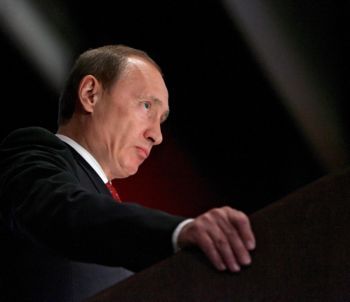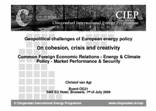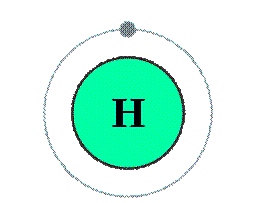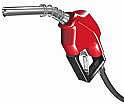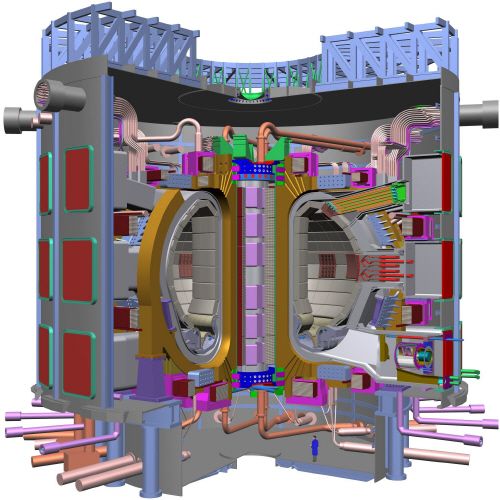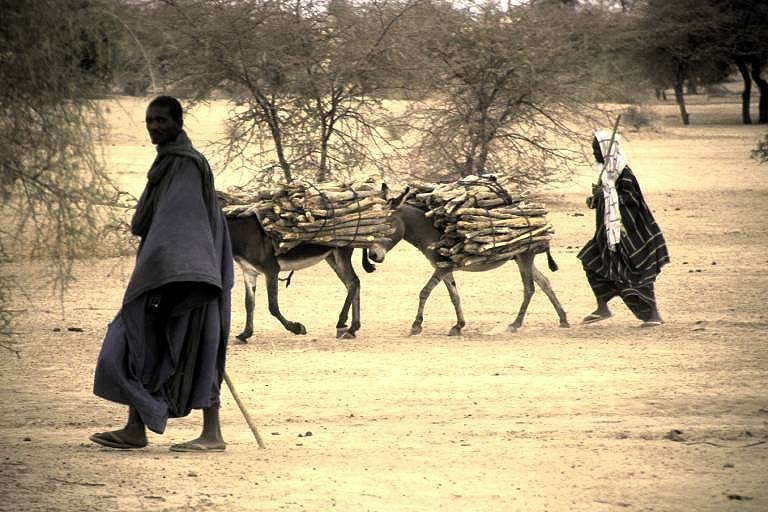Brussels, 3 February 2014: Slovenia is receiving EU assistance to cope with electricity disruption due to severe cold - an impressive gesture of European solidarity with this immediate response to an emergency affecting thousands of citizens in one of our Member States. Assistance in the form of electricity generators is reaching Slovenia after the country activated the European Union Civil Protection Mechanism on Sunday to request support following a severe cold snap. In a swift operation, coordinated by the European Commission's Emergency Response Coordination Centre (EERCCE), Austria, Germany and the Czech Republic offered technical experts and electricity generators within hours of the Slovenian request.
The offers were accepted by the Slovenian authorities and some of the equipment has already arrived, together with technicians to install and operate it.
Other countries, participating in the EU Civil Protection Mechanism, are also exploring means to help. The EERCC continues to work around the clock to coordinate the relief effort and give further support if needed.
Slovenia has been affected by extreme cold - blizzards, heavy snow and sleets, since 31 January. The collapse of power lines under the weight of ice, snow and falling trees caused electricity disruptions affecting 250,000 people (25% of households). The restoration of electricity supply is made difficult by the continuing bad weather. This prompted Slovenia's request for assistance from the European Union (electric power generators with a capacity of 100-300+ kVA). "The risks associated with winter weather continue across Europe and the European Commission's experts in crisis response will remain vigilant, keeping their national counterparts informed on any developments and ready to coordinate further assistance if needed," Commissioner Georgieva said. |
|
European Union Gets 23.4% of Electricity From Renewables
According to official statistics from Eurobserv’ER, 23.4 percent of the electricity in the European Union came from renewable energy sources in 2012. The total output for 2012 has been estimated at 763.5 TW. This represents an important increase from 2011, when these energy sources brought “only” 20.4 percent of total electricity. Regarding gross final energy consumption, renewables brought 14 percent of the total in 2012, up from 12.9 percent in 2011.
Eurobserv’ER also provided employment statistics showing that the renewable energy industry has employed up to 1.22 million people in direct and indirect jobs in 2012 (50,000 less than in 2011). Jobs were mostly in wind power (300,000 direct and indirect jobs), followed by solid biomass (280,000 jobs), photovoltaic (250,000 jobs) and biofuels (110,000 jobs). This report also shows that the renewable energy picture varies greatly from country-member to another (read the reports).
While Austria and Sweden lead with 68.3 and 67.1 percent of their total electricity from renewables in 2012, respectively, Lithuania, Hungary, Cyprus, Luxembourg and Malta got less than ten percent of their electricity from these sources. Nine countries got from 20 to 50 percent : Latvia (43.4%), Denmark (41.7%), Portugal (35.6%), Finland (32.5%), Spain (31.7%), Slovenia (29.5%), Italy (26.6%), Romania (25.2%) and Germany (24%). Many more of the 27 EU members got from ten to twenty percent of their electricity from renewables : Slovakia (18.9%), Ireland (18.7%), France (16.1%), Bulgaria (15.7%), Greece (15.2%), Estonia (15.2%), Belgium (11.7%), the Czech Republic (11.5%), the United Kingdom (11%), Poland (10.6%) and the Netherlands (10.5%).
Other important differences can be noticed in the share of each renewable energy source in the total. Hydropower represents 43.9 percent of the total renewable energy produced in 2012.
Wind follows with 26.6 percent, biomass (19.5%), and solar energy (9.2%).
Geothermal and ocean energies make up the remaining 0.8 percent.
This means that overall, hydro provides 10.3 % of total electricity consumed in the EU, wind power, 6.2 %, biomass, 4.5 % and solar only 2.1
|
|
On 29 September 2014, new EU rules are being adopted to boost the use of alternative fuels for transport. Member States must ensure through national action plans that refuelling and recharging points for alternative fuels (electricity, gas and hydrogen) are being built on their territory to ensure EU-wide mobility.
To reach full interoperability, these refuelling and recharging points have to comply with common standards, including a common plug for recharging electric vehicles, as well as user information.
On
the occasion of the adoption of the new "Directive for the deployment of the alternative fuels infrastructure", there is focus on
- production line of LEAF (Nissan 100% electric car),
- Electric Cars Sharing (Brussels, Belgium), hydrogen refuelling station (Oslo, Norway), CNG and
- LNG powered vehicles: CNG and LNG station (Zaragoza, Spain) and CNG and LNG station (Tilburg Netherlands), and biogas vehicles: Biogas Station (Jönköping, Sweden).
|
 |

